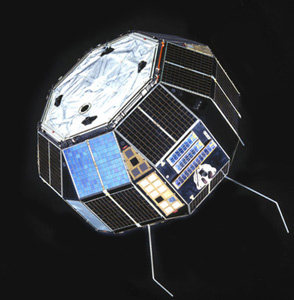History of the Black Arrow Space Rockets
The Black Arrow was a British satellite carrier rocket developed during the 1960’s and was used for four launches between 1969 and 1971 with the final flight on the 28th October 1971, being the only successful orbital launch to be conducted by the United Kingdom placing the Prospero satellite into low Earth orbit.
Black Arrow originated from studies by the Royal Aircraft Establishment for carrier rockets based on the Black Knight rocket, with the project being authorised in 1964. It was initially developed by Saunders-Roe, and later Westland Aircraft as the result of a merger.
Black Arrow was a three-stage rocket, fuelled by RP-1 paraffin (kerosene) and high test peroxide, a concentrated form of hydrogen peroxide (85% hydrogen peroxide + 15% water).

The rockets were designed to be expendable and used for one flight only. A total of 5 rockets were built by Westland at their sites at Whippingham ( currently home to GKN Aerospace ) with the main fuel tanks being fabricated at the Columbine Hangar in East Cowes, now used by the Wight Shipyard Company.
Space Enthusiast Scott Manley talks about the history of the Black Arrow rocket program.
Development:
Black Arrow originated from a Royal Aircraft Establishment proposal for a rocket capable of placing a 317-pound (144 kg) payload into low Earth orbit, in order to test systems designed for larger spacecraft. In the autumn of 1964, the programme was authorised by Conservative Aviation Minister Julian Amery.
Then, following a general election in October, the incoming Labour government put the project on hold to reduce expenditure. Following another election, the government approved the continuation of the programme with several modifications, including the reduction of the test programme from five to three launches. The maiden launch was set for 1968.
The 5 Black Arrow Rockets:
- R0 – 28 June 1969, Launched at 22:58 (GMT)Suborbital test of first and second stages, thrust vectoring failed. – No Payload.
- R1 – 4 March 1970, Launched at 21:15 (GMT) Suborbital test of first and second stages – Dummy Payload.
- R2 – 2 September 1970, Launched at 00:34 (GMT) The Second stage failed to pressurise and was unable to reach orbit. The Orba satellite payload was lost.
- R3 – 28 October 1971, Launched at 04:09 (GMT) Successfully reached Earth orbit and launched the Prospero satellite which is still in orbit toady.
- R4 – With the rocket program being cancelled in 1971, the R4 was not launched and is preserved at the Science Museum in London.
Naming the Rockets:
The name Black Arrow came from the Ministry of Supply policy of assigning designations consisting of a colour and a noun, unofficially known as “Rainbow Codes”, to research program conducted by the Armed Forces.
The Technology:
Most of the technology and systems used on Black Arrow had already been developed or flight-proven on the Black Knight rocket, or the Blue Steel missile. Black Arrow was designed to reuse as much technology from the earlier programmes as possible in order to reduce costs, and simplify the development process.
Many senior staff of the Black Knight programme transferred directly to Black Arrow, including the Chief Missile Scientist, Roy Dommett, the Chief Design Engineer, Ray Wheeler and the Deputy Chief Engineer, John Underwood.
- Initial development was conducted by Saunders-Roe, which merged into Westland Aircraft in 1964.
- Westland was subsequently the prime contractor for the Black Arrow, and assembled the first and second stages at East Cowes on the Isle of Wight.
- Bristol Siddeley produced the first and second stage engines at a factory in Ansty, Warwickshire.
- The engines were test fired at the factory before being shipped to the Isle of Wight, where they were integrated into the rocket and the first stage engines were fired again at High Down.
- Bristol Aerojet produced the third stage in Somerset, while the Explosives Research and Development Establishment produced its solid propellant in Waltham Abbey, Essex.
- The Rocket Propulsion Establishment, based in Westcott, Buckinghamshire, was responsible for the design and integration of the stage.
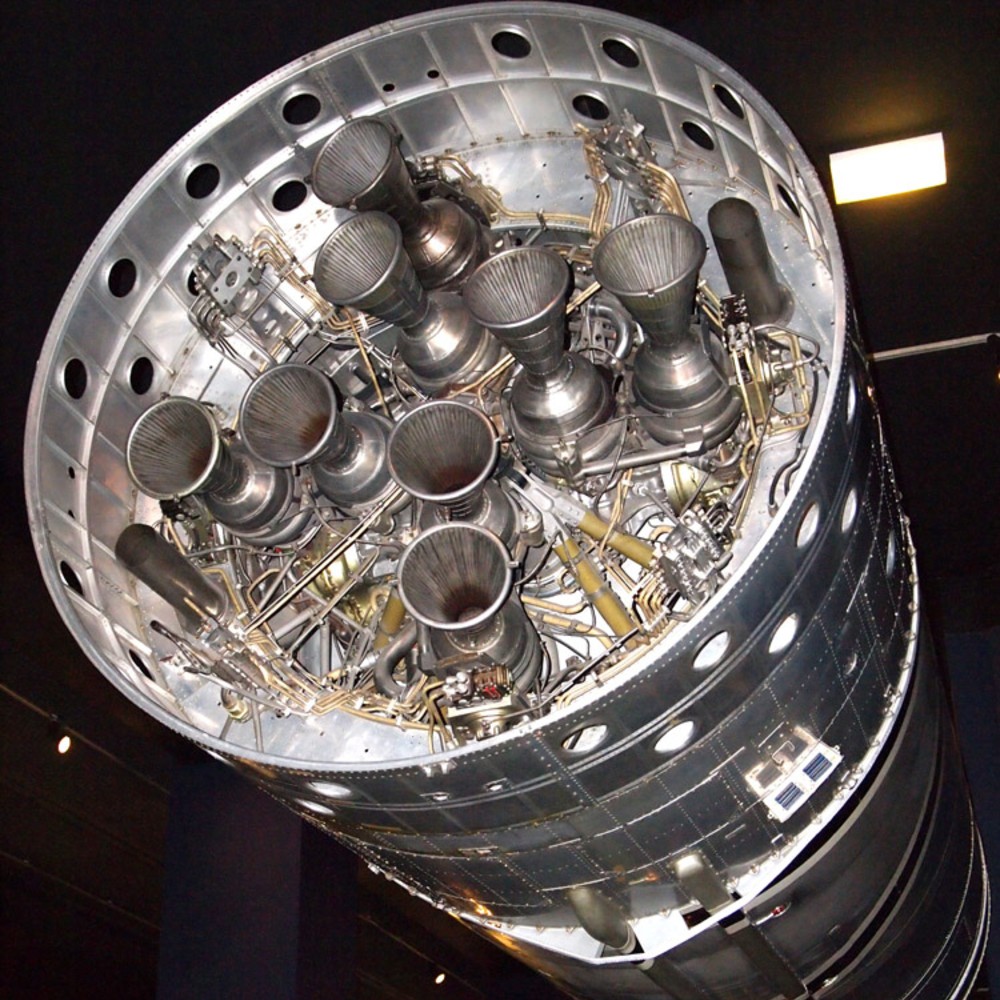
Former rocket engineers Derek Mack and Mike Kelloway featured on the BBC’s One show program to talk about their time spent working on the Black Arrow rocket, visiting the original first stage of R3 in Scotland which had been brought back to the UK by Skyrora Ltd, as part of their ongoing outreach work.
Launching from Woomera, Australia:
The Black Arrows we’re air freighted in sections and flown to the Woomera Rocket range in Australia. Located in the heart of the outback meant that the rockets could be launched hundreds of miles away from populated areas.
Although a launch site was considered on the North Norfolk coast in the UK, the discovery of North Sea oil in the 1960’s meant that this was considered too dangerous due to the risk of a rocket stage hitting one of growing number of oil rigs.

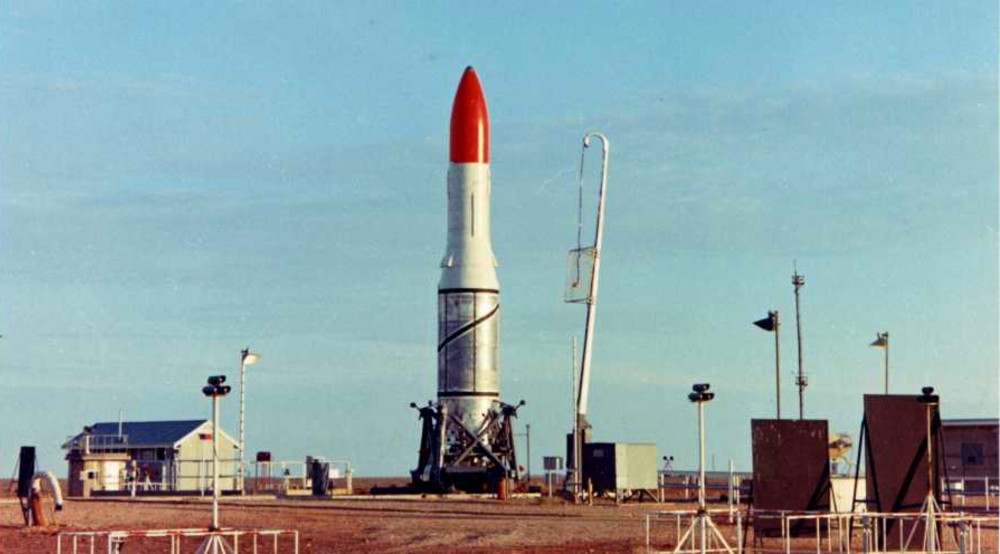
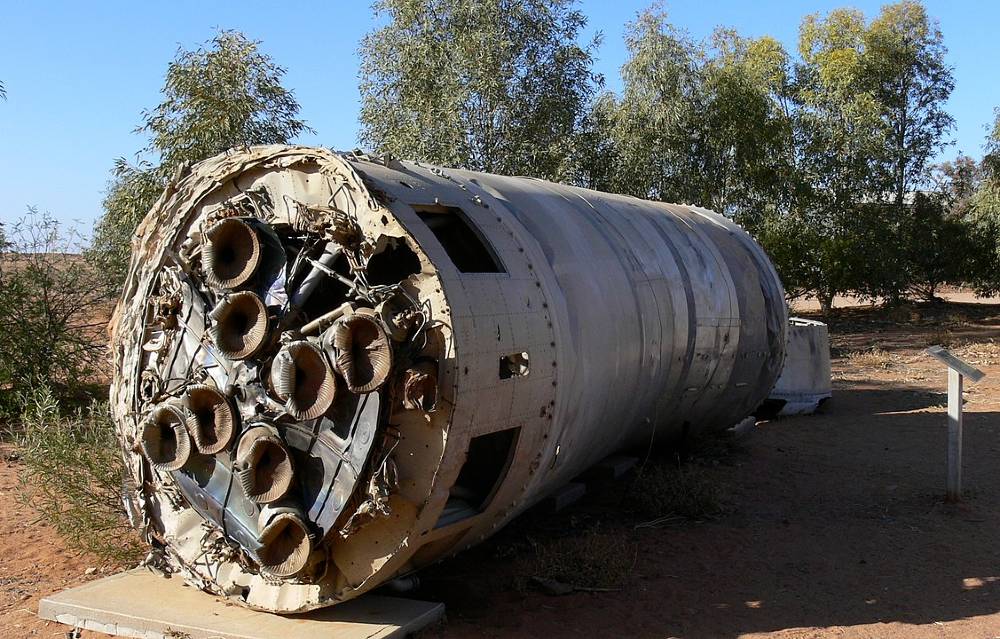
Why was Black Arrow Cancelled:
It was retired after only four launches after the rocket program was cancelled in favour of using American Scout rockets which had been offered at a reduced cost by the US.
The Ministry of Defence calculated the Scout to be cheaper than maintaining the Black Arrow program, but once the Black Arrow was cancelled and the UK rocket program was scrapped, the offer for low coast launches on the US Scout Rocket was withdrawn.
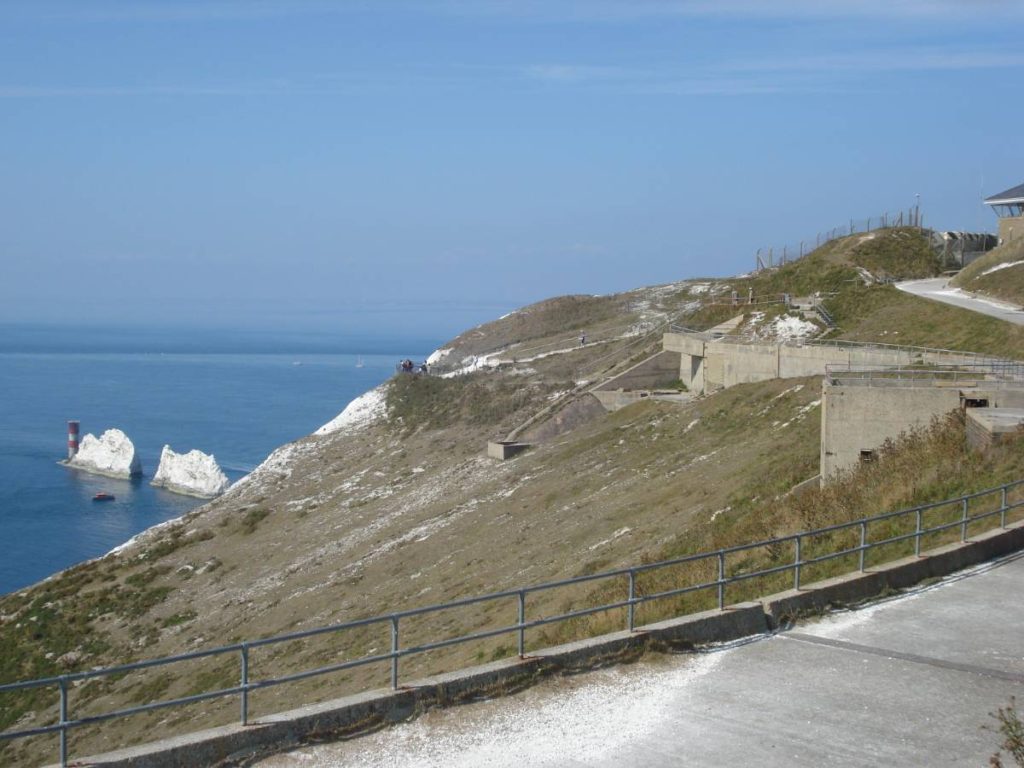
Black Arrow Key Information:
- Manufacturer Royal Aircraft Establishment
- Westland Aircraft
- Height 13 metres (43 ft)
- Diameter 2 metres (6 ft 7 in)
- Mass 18,130 kilograms (39,970 lb)
- 3 Stages
- Payload to 220 km LEO 135 kilograms (298 lb)
- Payload to 500 km LEO 102 kilograms (225 lb)
The First Stage:
- Engines: Gamma 8
- Thrust 256.4 kilonewtons (57,600 lbf)
- Specific impulse 265 seconds (2.60 km/s)
- Burn time 131 seconds
- Fuel RP-1/HTP
The Second Stage:
- Engines Gamma 2
- Thrust 68.2 kilonewtons (15,300 lbf)
- Specific impulse 265 seconds (2.60 km/s)
- Burn time 116 seconds
- Fuel RP-1/HTP
The Third stage – Waxwing
- Engines – 1 Solid
- Thrust 27.3 kilonewtons (6,100 lbf)
- Specific impulse 278 seconds (2.73 km/s)
- Burn time 55 seconds
- Fuel Solid
The Prospero Satellite
Prospero was built by the Royal Aircraft Establishment in Farnborough. Initially called Puck, it was designed to conduct experiments to test the technologies necessary for communication satellites.
Two experimental solar cells setups were tested. One was a test of a lightweight cell and mounting. The other was an attempt to replace the then standard fused silica cover of solar cells with a Cerium oxide based cover. Designs for telemetry and power systems were also tested. It also carried a micrometeoroid detector, to measure the presence of very small particles. The detector worked on the principle of impact ionisation.
When the Ministry of Defence cancelled the Black Arrow programme, the development team decided to continue with the project, but renamed the satellite Prospero when it was announced it would be the last launch attempt using a British rocket. An earlier Black Arrow launch, carrying the Orba X-2 satellite, had failed to achieve orbit after a premature second-stage shut down.
